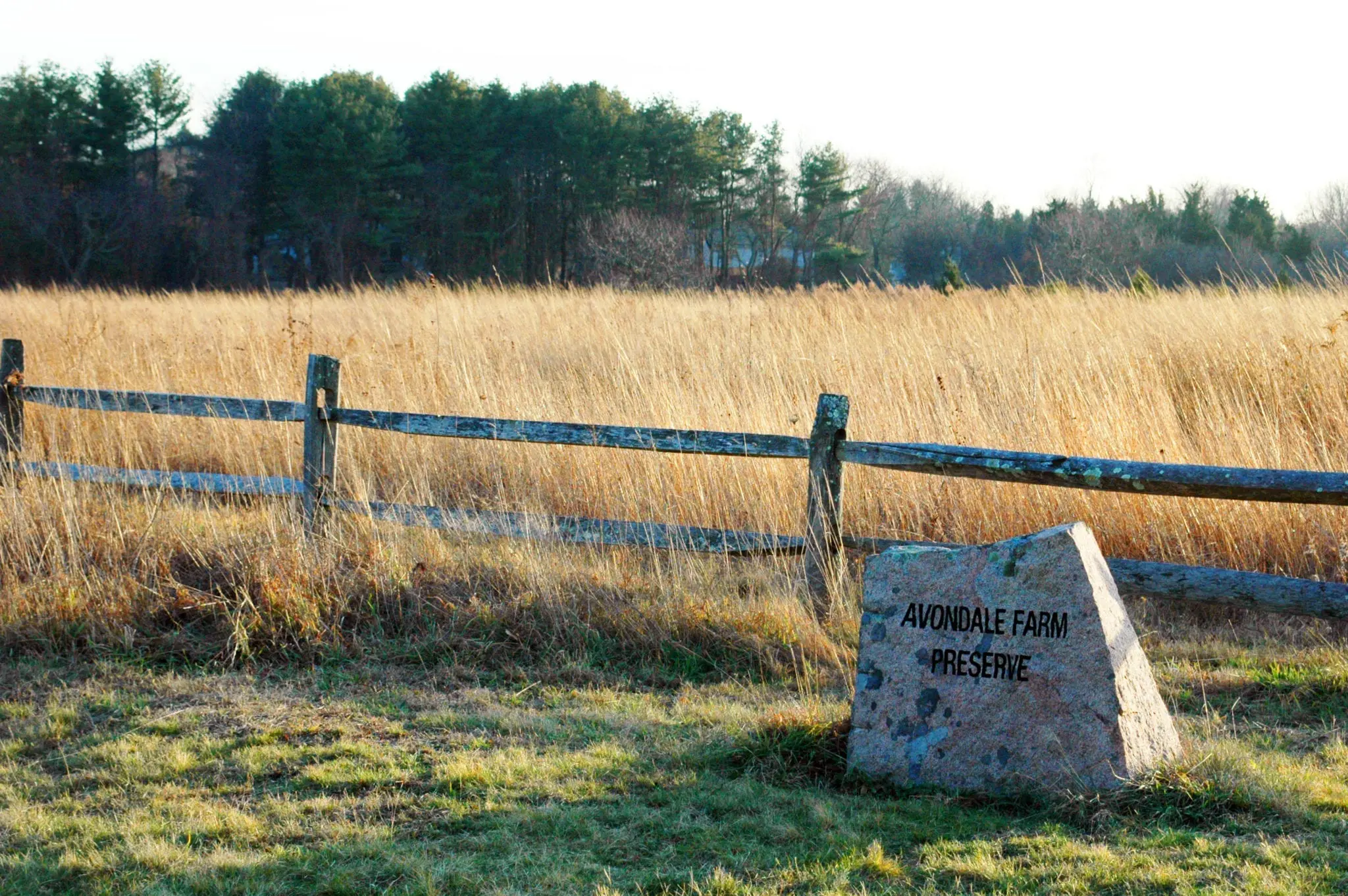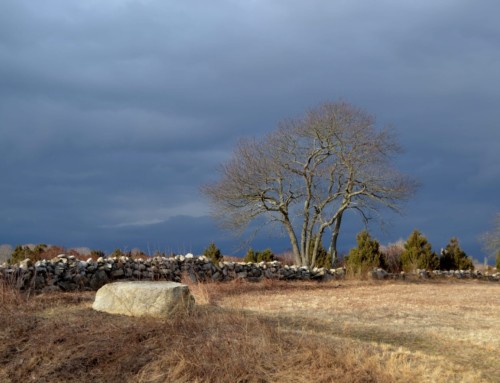In one of my previous stories, I mentioned that one of my favorite dog walks is the Avondale Farm Preserve. This 50-acre gem consists of grassland meadow and salt marsh. It lies just off Watch Hill Road in Avondale. The preserve is part of the original 700-acre Pendleton – Chapman Farm. Avondale has a fascinating history that goes all the way back to the settlement of Westerly by the first European colonists in the 1600s. Prior to this, Westerly was the home of the Eastern Niantic Indian tribe. In 1660 the sachem Sosoa deeded most of the land of present-day Westerly to settlers.
These early inhabitants were mostly farmers and fishermen who settled along the Pawcatuck River as there were few roads. The village now known as Avondale started as the village of Lotteryville. In 1750 Colonel Joseph Pendleton petitioned the colony of Rhode Island to subdivide his land along the Pawcatuck River into 124 lots to be sold by lottery.
The money would be used to pay the debts incurred from the loss of his uninsured ship and cargo of rum and molasses. The ship was a Brigantine worth 18 to 20 thousand pounds and was newly built.
Captained by his son Joseph Jr, the ship went missing in August 1749 on its return from Anguilla in the Caribbean and no word ever came of its or his son’s fate. Pendleton’s petition was granted and the village of Lotteryville was created. It’s interesting to note that this form of gambling to settle debt was an accepted practice in colonial times.
In the 1800s shipbuilding along the shores of the Pawcatuck River became the predominant activity. Between 1769 and 1889 over 240 commercial sailing vessels were built on the shores of the river. In 1847 the first church was built, it burned down and was replaced in 1853 by the Avondale Chapel which still stands today. In 1867 a road was opened from Lotteryville to Watch Hill, and in 1893 a post office was opened and the name of the village became Avondale.
The name change happened because morals had changed, and the name Lotteryville implied gambling — which had a negative connotation. The postal service insisted on a name change so three names were submitted; Ninigret, Mastuxet, and Avondale. The postal officials thought they had enough Indian names and so chose Avondale which had been the name used for a portion of the Pawcatuck River’s shoreline that lay closer to Westerly.
The original Pendleton farmhouse was built in 1740 and was purchased by Israel Chapman in 1812. The Chapmans farmed the property as Avondale Farm for 150 years and at its peak in 1942 it boasted pigs, dairy cattle and over 25,000 chickens. The original barn shown in my photograph was still standing when I moved to Westerly over twenty years ago. The foundation supports a private residence today.
By 1984 the farm was getting difficult to maintain as a working farm so the Chapman family sold 74 acres to a New York developer. A lengthy legal battle ensued between the developer and a group of Westerly residents who wanted to preserve the land as open space. In 1995 the developer lost the lawsuit and the land went into foreclosure to be sold at auction. A grassroots campaign was started and the Westerly Land Trust applied for grants which led in 1998 to the acquisition of the property.
The Avondale Farm Preserve was the first major land acquisition by the Westerly Land Trust and really sparked an interest in preserving Westerly’s special places for future generations. The preserve has a paved half-mile loop which is great for walking or biking and is a good place to take a family with small children. There are grass paths which wind around the perimeter and over to Avondale Road.
We like to take the path out to Avondale Road and then walk along the river and back into the preserve. There are convenient parking areas and the preserve is not usually crowded. If you’re into native plants and wildflowers the preserve really puts on a show which changes with each of the seasons. Early morning walks often produce sightings of deer and many kinds of birds.
If you would like more information on the Westerly Land Trust and all of its wonderful properties and programs please visit westerlylandtrust.org.







